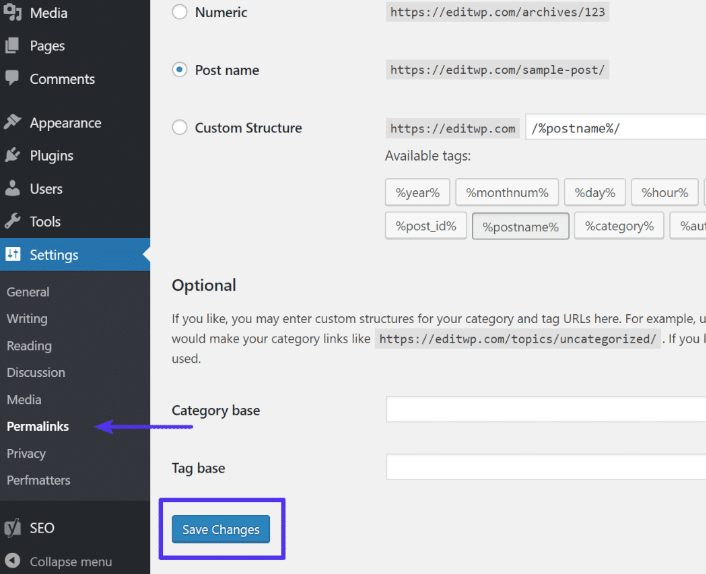

- Failed to open stream: http request failed! http/1.1 404 not found update#
- Failed to open stream: http request failed! http/1.1 404 not found code#
This has the same semantics as the 301 Moved Permanently HTTP response code, with the exception that the user agent must not change the HTTP method used: if a POST was used in the first request, a POST must be used in the second request. This means that the resource is now permanently located at another URI, specified by the Location: HTTP Response header. This has the same semantics as the 302 Found HTTP response code, with the exception that the user agent must not change the HTTP method used: if a POST was used in the first request, a POST must be used in the second request. The server sends this response to direct the client to get the requested resource at another URI with same method that was used in the prior request. It was used in a previous version of the HTTP/1.1 specification.
Failed to open stream: http request failed! http/1.1 404 not found code#
This response code is no longer used it is just reserved. It has been deprecated due to security concerns regarding in-band configuration of a proxy. It tells the client that the response has not been modified, so the client can continue to use the same cached version of the response.ĭefined in a previous version of the HTTP specification to indicate that a requested response must be accessed by a proxy. The server sent this response to direct the client to get the requested resource at another URI with a GET request. Therefore, this same URI should be used by the client in future requests. This response code means that the URI of requested resource has been changed temporarily.įurther changes in the URI might be made in the future. The URL of the requested resource has been changed permanently. (There is no standardized way of choosing one of the responses, but HTML links to the possibilities are recommended so the user can pick.) 301 Moved Permanently The user agent or user should choose one of them. The request has more than one possible response. The server has fulfilled a GET request for the resource, and the response is a representation of the result of one or more instance-manipulations applied to the current instance. Used inside a response element to avoid repeatedly enumerating the internal members of multiple bindings to the same collection. 207 Multi-Status ( WebDAV)Ĭonveys information about multiple resources, for situations where multiple status codes might be appropriate. This response code is used when the Range header is sent from the client to request only part of a resource. Tells the user agent to reset the document which sent this request.
Failed to open stream: http request failed! http/1.1 404 not found update#
The user agent may update its cached headers for this resource with the new ones. There is no content to send for this request, but the headers may be useful. This is mostly used for mirrors or backups of another resource.Įxcept for that specific case, the 200 OK response is preferred to this status. This response code means the returned metadata is not exactly the same as is available from the origin server, but is collected from a local or a third-party copy. It is intended for cases where another process or server handles the request, or for batch processing. It is noncommittal, since there is no way in HTTP to later send an asynchronous response indicating the outcome of the request. The request has been received but not yet acted upon. This is typically the response sent after POST requests, or some PUT requests.

The request succeeded, and a new resource was created as a result.


 0 kommentar(er)
0 kommentar(er)
